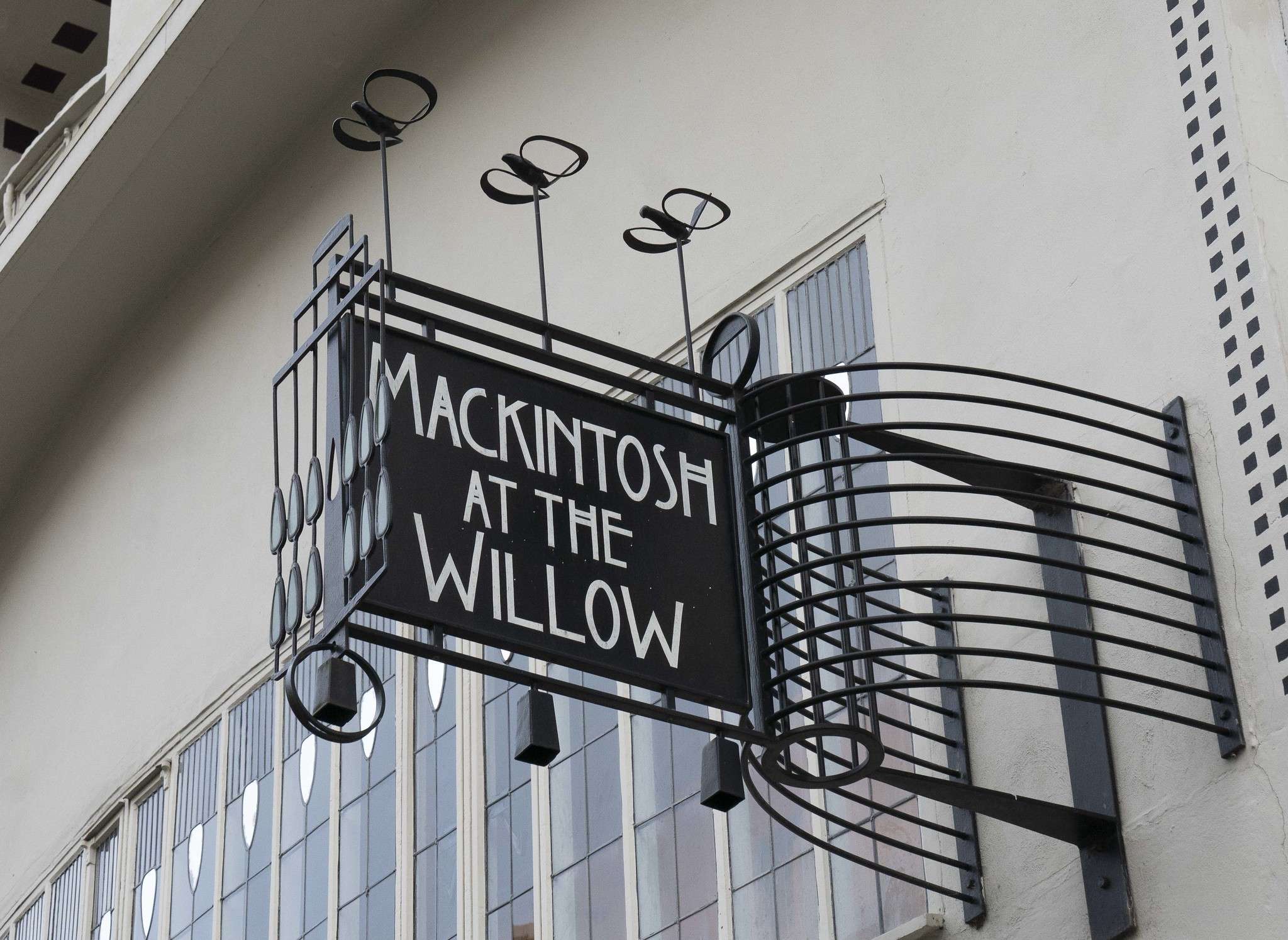Scotland’s largest conservation charity, the National Trust for Scotland (NTS) joined The Willow Tea Rooms Trust to announce that Mackintosh at the Willow, in Glasgow’s Sauchiehall Street, is to become part of the NTS’s portfolio of heritage properties. The Trust’s intervention, made at The Willow Tea Rooms Trust’s request, following difficult trading conditions which threatened the future of Mackintosh at the Willow, has secured this important and original work by Charles Rennie Mackintosh. Enabled by support from its members and donors, the National Trust for Scotland is using £1.75 million of its reserves and acquisition funds to secure the property, with vital additional help given by The National Lottery Heritage Fund, the Royal Bank of Scotland, the Architectural Heritage Fund (AHF), Glasgow City Council, Celia Sinclair Thornqvist MBE and her husband, Rolf Thornqvist. As a result, the property will continue trading as normal with many jobs preserved.
The unique vision of Mackintosh
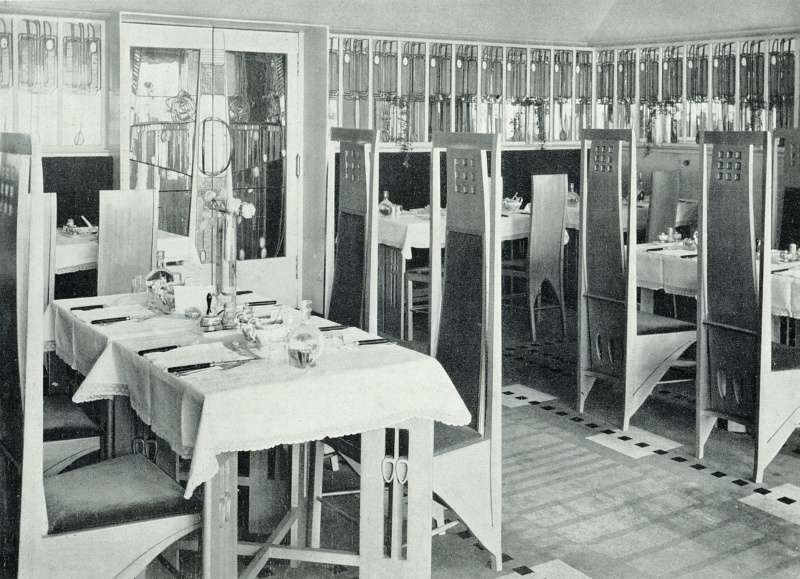
Mackintosh at the Willow, which dates to 1903 and was purchased, saved and restored by Celia Sinclair Thornqvist MBE and The Willow Tea Rooms Trust between 2014 and 2018, is the last remaining original of the several tea rooms designed by Charles Rennie Mackintosh, working with his wife Margaret Macdonald, for pioneering Glasgow entrepreneur Miss Catherine ‘Kate’ Cranston. The restoration resulted in one of the most spectacular heritage attractions in the city, restoring and recreating jewel-like interior designs and a frontage that pay testament to the unique vision of Mackintosh and Macdonald.
The early 20th century patrons of the tea rooms had never seen anything like these designs before and they quickly became a popular setting in which to socialise, particularly for women seeking a safe space for refreshments and conversation. The tea rooms are cited worldwide in architectural histories as one of Glasgow’s most important contributions towards modernism and they were, alongside Mackintosh and Macdonald’s other works, highly influential in Europe and elsewhere from the moment of their opening. Although the tea rooms have in the last year attracted over 230,000 visitors, the cumulative impacts of the disruption caused to Sauchiehall Street by the second fire at the Glasgow School of Art and the COVID pandemic had adversely affected the tea rooms’ income, despite the underlying business model being sound. As a consequence, given the importance of the site to Scotland’s national heritage, the National Trust for Scotland was approached last year to consider options that would ensure the tea room’s long-term security and sustainability.
One of the greatest architects of the 20th century
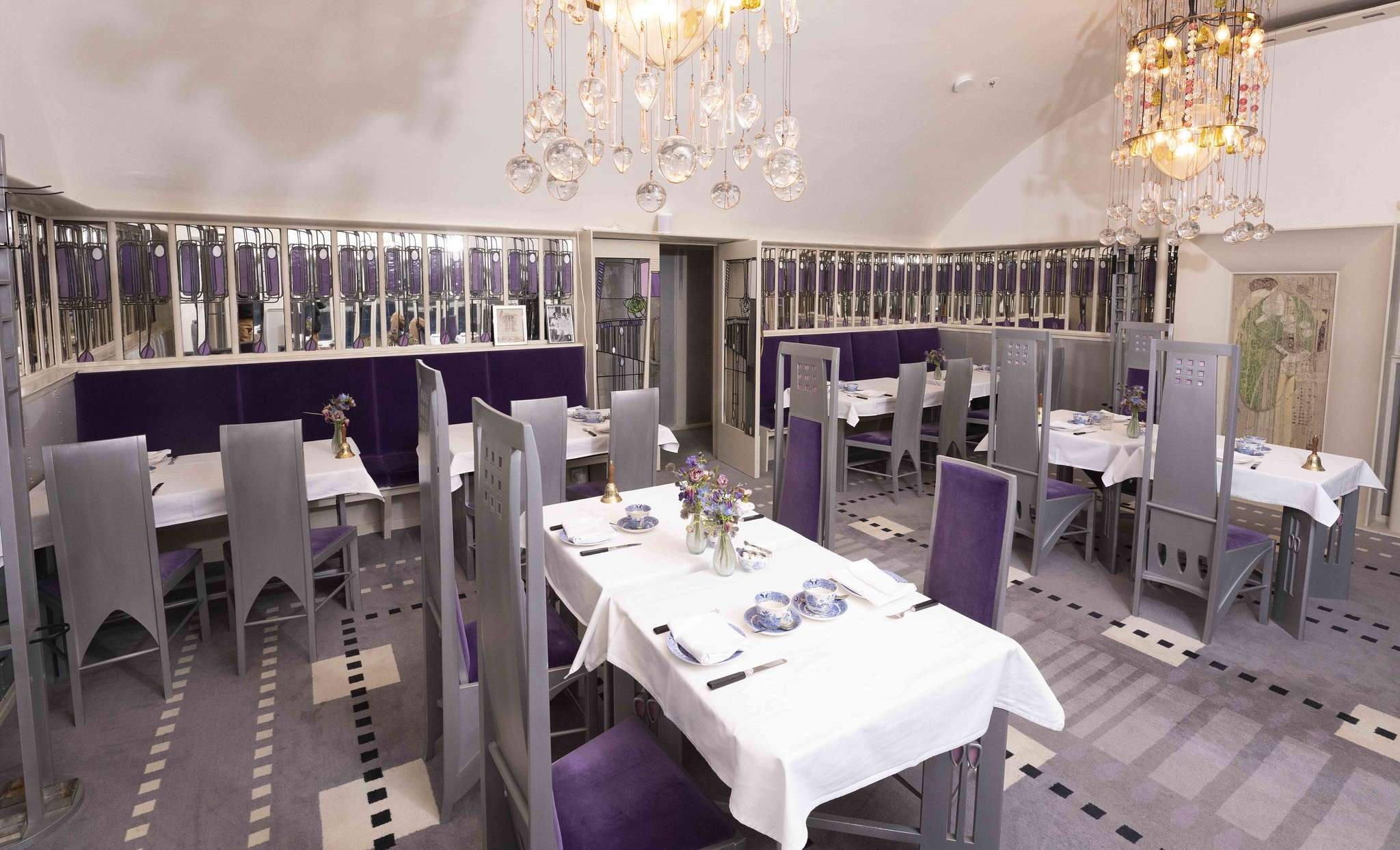
Phil Long OBE, the National Trust for Scotland’s Chief Executive, said: “Mackintosh is one of the greatest architects of the 20th century, respected internationally for his breathtaking and innovative design. People from around the world travel to Scotland to see his and his wife Margaret Macdonald’s brilliant work together. As the custodians of one of Mackintosh’s other rare masterpieces, the Hill House (on which Macdonald also collaborated), we see the acquisition of Mackintosh at the Willow as a perfect fit. The brilliant restoration by The Willow Tea Rooms Trust gifted back to the nation an exceptional example of architectural heritage that we are proud to bring into our care.
Despite difficulties that were outwith the control of The Willow Tea Rooms Trustees and the management team, the work they have done with their staff in welcoming visitors, running community learning and outreach and in providing an exceptional heritage experience is exemplary – and we are certain we can build on their achievements to ensure the long-term sustainability and survival of this wonderful place on behalf of Glasgow and Scotland.”
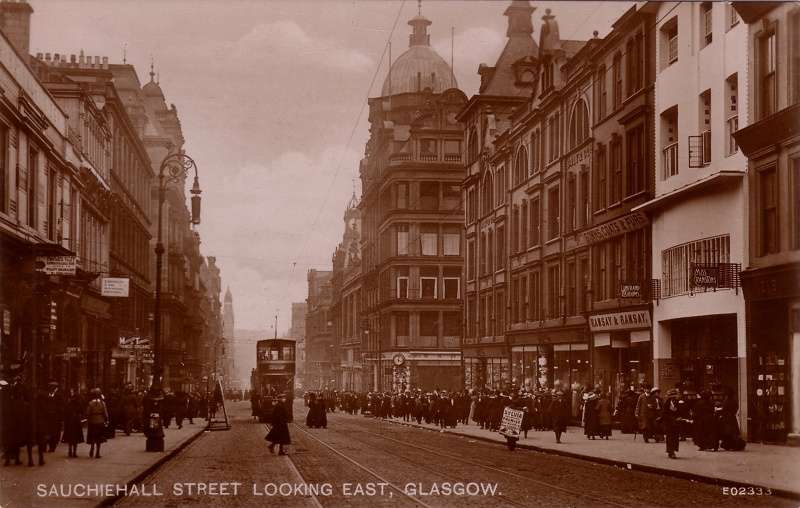
Celia Sinclair Thornqvist MBE, Founder, Past Chair and Trustee of The Willow Tea Rooms Trust (WTRT), said: “From the beginning, it was our aim to restore and conserve this last remaining and most beautiful example of Mackintosh’s masterful designs for tea rooms to the highest possible standards. Through this new partnership, I am delighted and relieved that a way has been found to sustain this global icon in Glasgow and Scotland, so that it can continue to be protected and shared. I alone cannot take all the credit for the initial rescue of Mackintosh at the Willow and proving its worth. Many others played a part which enabled the financial independence needed to allow us to function as a living, breathing museum.
Fate though intervened: Unexpected events in the form of the two serious fires at the Glasgow School of Art closed down Sauchiehall Street for many months and were followed by COVID lockdowns and yet another fire nearby. These proved to have baleful impacts on our trading and business plan. We were able to survive this despite the odds, but it was proof of the vulnerability of a single standalone charitable Trust, and it was resolved that we needed to find another way forward. We wanted to ensure that Mackintosh at the Willow would be in the hands of people who shared our ethos and passion for the heritage this place represents – and that is why we are so glad that we have been able to come to this arrangement with the National Trust for Scotland.”
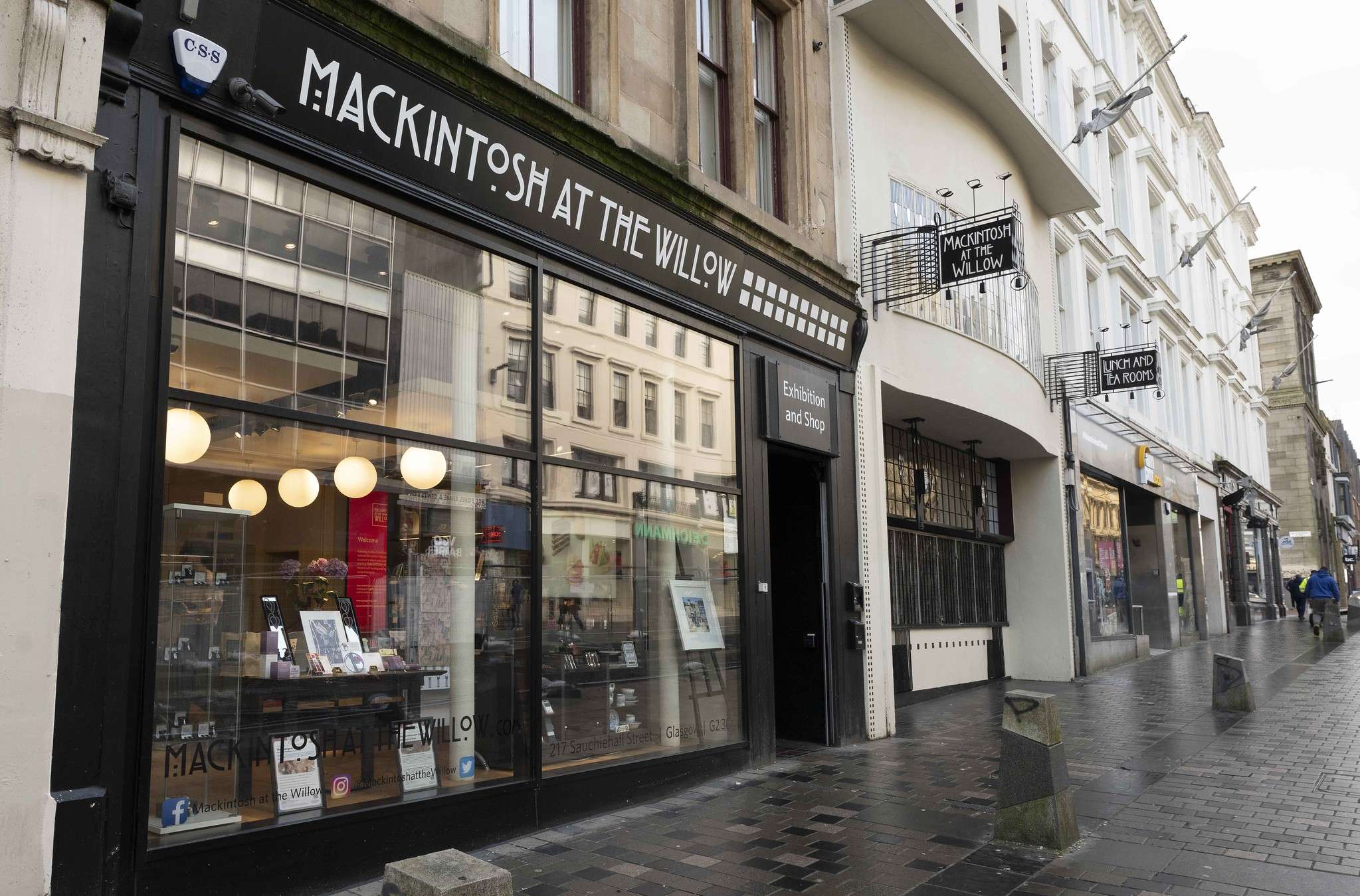
Mackintosh at the Willow formally became one of the National Trust for Scotland’s properties in January 2024. The property is within walking distance to the National Trust for Scotland’s Tenement House in Glasgow’s Garnethill, which offers a contrasting but complementary experience of Glaswegian life at the turn of the 19th and 20th centuries. The tea rooms also join other Trust properties in the region – Alexander ‘Greek’ Thomson’s Holmwood in Cathcart and Greenbank Garden in Clarkston. Charles Rennie Mackintosh’s Hill House, which is currently undergoing a multi-million-pound restoration under a protective ‘box’, is also owned by the National Trust for Scotland and is just over an hour away from Glasgow by train.
Background information on Mackintosh at the Willow can be found at: www.mackintoshatthewillow.com/our-story
Did you know?
-Charles Rennie Mackintosh is perhaps the greatest and best-known Scottish architect. He was born on 7 June 1868 in Glasgow.
-Margaret Macdonald Mackintosh was born on 5 November 1864 in Tipton, Staffordshire. She created several important interior schemes with her husband, including designs for House for an Art Lover in 1900, and the Willow Tea Rooms in 1903.
-Miss Catherine ‘Kate’ Cranston was born on 27 May 1849 in Glasgow. Her status as one of Scotland’s most important female entrepreneurs was recognised in 2018 when it was announced that she would feature on a design for The Royal Bank of Scotland £20 note – the first woman other than Queen Elizabeth II to be depicted on a Scottish banknote.
-The original Willow Tea Rooms Building was initially opened by Miss Cranston and designed by Charles Rennie Mackintosh with design input from his wife, Margaret Macdonald in 1903.
-Mackintosh first worked for Miss Catherine ‘Kate’ Cranston in 1896, designing murals of her new Buchanan Street tearooms.
-In 1898, he then worked on her existing Argyle Street tearooms designing the furniture and interiors and by 1900 Miss Cranston commissioned him to redesign an entire room in her Ingram Street tearooms (the restored Oak Room from which is now on show at V&A Dundee).
-This ultimately led to a commission for the complete design of the proposed new tearooms in Sauchiehall Street in 1903. Mackintosh for the first time was given responsibility for not only the interior design and furniture, but also for the full detail of the internal layout and exterior architectural treatment.
-The resultant building came to be known as the Willow Tearooms, now known as Mackintosh at the Willow, and is the best known and most important work that Mackintosh undertook for Miss Cranston.

